Motorcycle helmets are essential for any rider to ensure their safety on the road. However, not all helmets are created equal, and some brands may not offer the necessary protection in case of an accident.
In fact, according to recent statistics, motorcycle accidents are one of the leading causes of head injuries and fatalities on the road.
That’s why choosing a reputable helmet brand prioritises safety and quality is crucial. On the other hand, it’s equally important to know which motorcycle helmet brands to avoid.
In this article, we will delve into some of the worst motorcycle helmets available in the market and provide insights on what to look for when choosing a helmet.
So, if you are a rider looking for a new helmet, keep reading to avoid making a costly mistake.
What Makes a Helmet Bad?
The qualities that make a helmet bad and the motorcycle helmet brands to avoid.
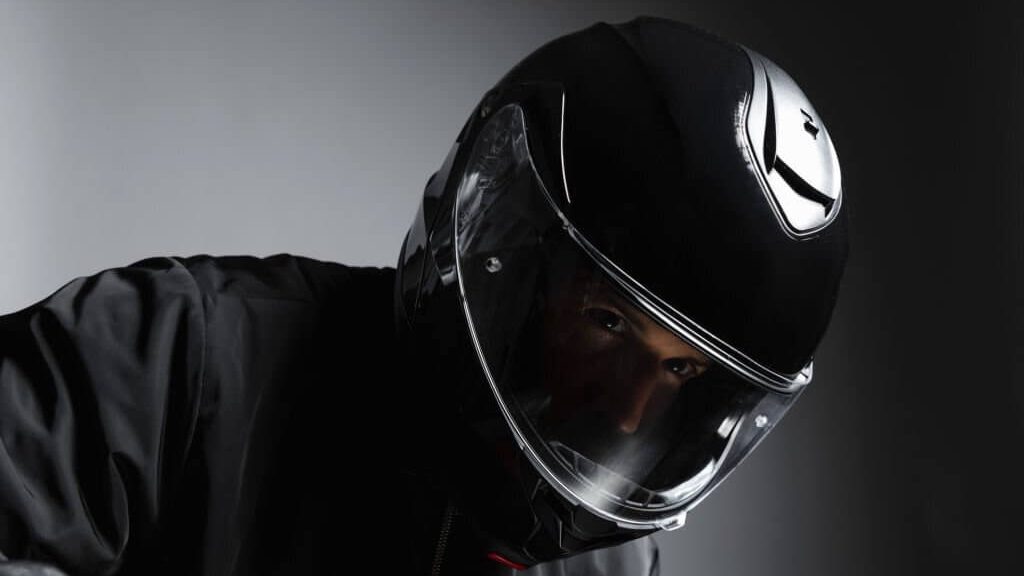
First Defence: Shell
When it comes to customizing motorcycle helmets, it’s important to keep in mind that the shell is the foundation of the helmet’s safety features.
The shell is the outer layer of the helmet and serves as the first line of defence against impact.
A wrong helmet will have a weak and flimsy shell, which can easily break upon impact.
When choosing a helmet, look for a shell of high-quality materials such as polycarbonate or fibreglass. These materials are lightweight, durable, and offer excellent impact resistance.
Second Defence: EPS Foam
EPS foam is the inner layer of the helmet and is responsible for absorbing the impact energy during a crash.
A bad helmet will have low-quality EPS foam that fails to absorb impact energy effectively. This can result in severe head injuries, even in a low-speed crash.
Look for a high-density EPS foam helmet with superior impact absorption and protection.
Comfort and Defence: Padding
A good helmet should not only provide protection but also offer comfort while riding.
A wrong helmet will have inadequate or uncomfortable padding, which can cause discomfort while riding and reduce the helmet’s effectiveness in the event of an impact.
Look for a helmet with thick, comfortable padding that conforms to your head shape for maximum comfort and protection.
Visibility: A Good Visor
A helmet’s visor plays a critical role in providing visibility while riding.
A bad helmet will have a low-quality visor prone to fogging or scratching, reducing visibility and increasing the risk of accidents.
Look for a helmet that has a high-quality visor that offers excellent clarity, scratch resistance, and anti-fogging properties, ensuring maximum visibility while riding.
While it’s important to prioritize the quality of the visor, having high-quality speakers can enhance the riding experience by allowing for clear communication and audio entertainment
Minimizing Distraction: Vents and Airflow
A bad helmet will not have adequate ventilation, causing discomfort while riding and increasing the risk of distraction.
Look for a helmet with ample vents that provide excellent airflow, reducing heat buildup and ensuring maximum riding comfort.
Chin Strap
The chin strap keeps the helmet securely in place during a crash. A bad helmet will have a weak or poorly designed chin strap that can quickly come loose during a crash, resulting in severe head injuries.
Motorcycle Helmet Brands To Avoid Like The Plague
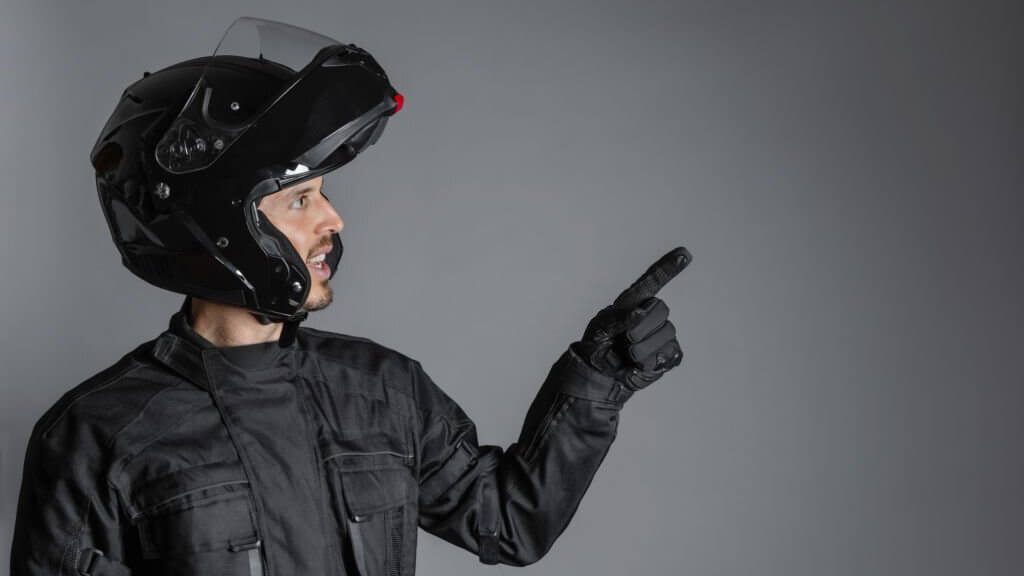
1. Shoei Qwest
When choosing a motorcycle helmet, safety should always be a top priority. While plenty of reputable brands of motorcycle helmets are out there, there are also some that you should avoid, like the plague. One such brand is the Shoei Qwest.
Chin Bar & Weight
One reason to avoid this helmet is that it does not have a flip-up chin bar, which can be crucial in certain situations. Additionally, the size and weight of the Shoei Qwest can be problematic.
Weighing in at 1.65 kilograms for a size large, it may not be the heaviest helmet on the market, but every extra gram can increase the force of impact in a crash.
Shape
Moreover, the Shoei Qwest is different from the slimmest helmet out there.
There may be better choices for those with an oval-shaped head, as it is designed for a rounder head shape. This can cause discomfort and fit issues, compromising safety.
2. HJC IS-17
The HJC IS-17 may seem like a decent option at first glance, but there are several reasons why you should steer clear of this particular helmet.
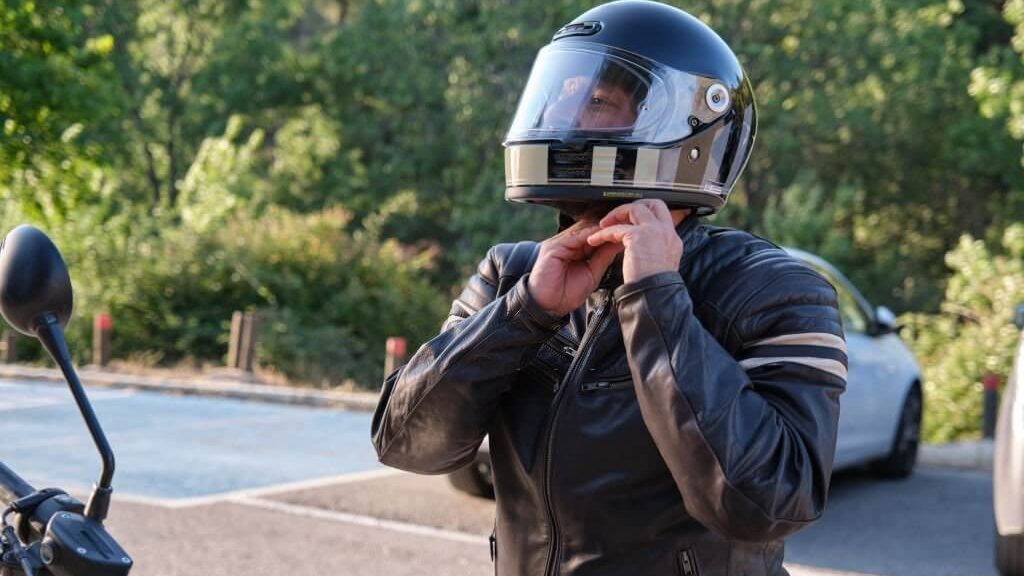
Sun Visor
For starters, the sun visor on this helmet doesn’t offer enough tint to protect your eyes from the sun’s harmful rays.
This can be a severe problem, especially if you frequently ride in bright, sunny conditions.
Design
Another issue with the HJC IS-17 is its design for an intermediate head shape. You may need help getting a good fit with this helmet if you have a rounder or narrower head.
A poorly fitting helmet can be dangerous, as it may not provide adequate protection in an accident.
Face Shield
The face shield on the HJC IS-17 sometimes stays locked down, which can be a significant safety hazard.
This can allow dust, soil particles, and other debris to enter the helmet and potentially cause injury to your eyes or face.
3. AGV Corsa

Locking Mechanism
One major issue with AGV Corsa helmets is their locking mechanism on the visor. Unlike other brands, the locking mechanism is like a metal deadbolt screwed directly into the face shield.
This makes it difficult to remove the visor in an emergency, potentially putting the rider at risk.
Snell Certification
Another reason to avoid AGV Corsa helmets is that they need to be Snell certified. Snell certification is a voluntary standard that ensures a helmet meets the highest safety requirements.
With this certification, you can be sure that your helmet will protect you in an accident.
When protecting your head while riding a motorcycle, investing in a reliable helmet is crucial. While AGV Corsa helmets may be appealing due to their design or price, it’s vital to prioritise safety over style.
Instead, consider other brands known for their safety ratings and reliability.
4. Scorpion EXO-R410
When it comes to full-face helmet brands, there are certainly some to avoid. One of the worst motorcycle helmet brands out there is the Scorpion EXO-R410.

The first reason to steer clear of this model is its reflective neon colorway. While it may seem like a good idea to be visible on the road, this helmet can be distracting and dangerous for other drivers.
The emergency quick-release cheek pads may seem like a good feature, but they have been known to release too quickly during a crash, leaving the rider’s face unprotected.
5. HLN
This helmet is manufactured by HLN, a no-name Chinese brand that needs more qualities and safety features you should look for in a helmet.
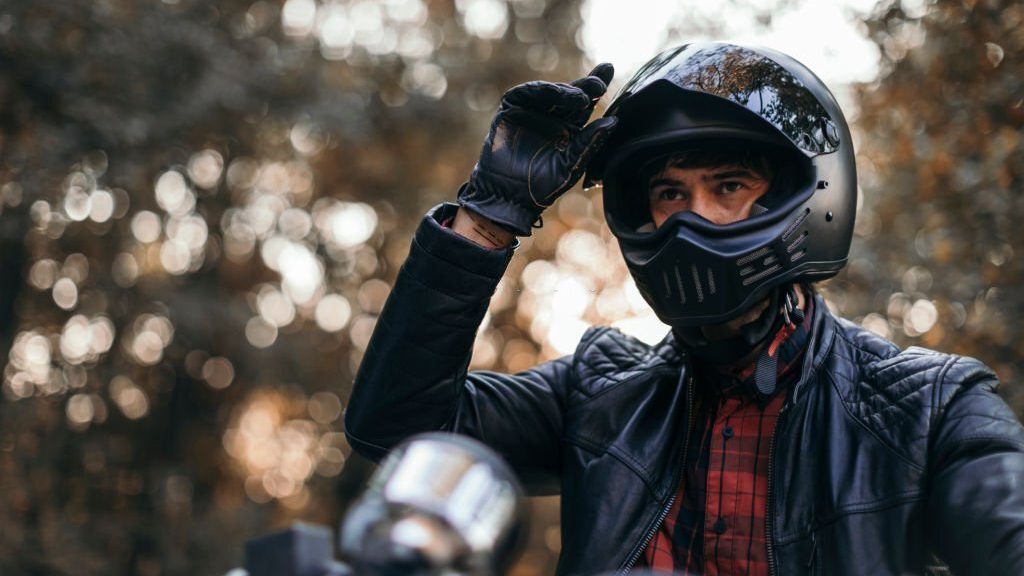
Foam
The foam used in the Scorpion EXO-R410 is not up to any recognized standards, meaning that it won’t provide adequate protection in case of an accident.
There are videos of people breaking the Scorpion EXO-R410 in half with their hands. This should be a significant red flag and one of the many reasons to avoid this helmet.
Regarding your safety on the road, choosing a reputable brand that meets recognized safety standards is crucial.
While the Scorpion EXO-R410 may be tempting due to its low price point, the potential consequences of wearing a subpar helmet are not worth the risk.
Certifications to Look For
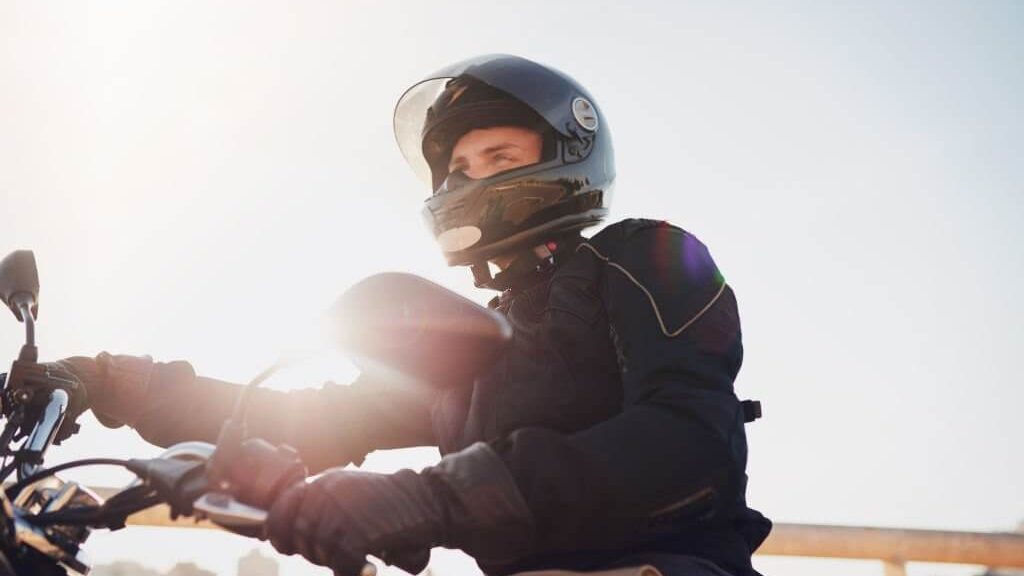
Here are some of the certifications to look for:
- DOT certification: This certification is issued by the US Department of Transportation and indicates that a helmet meets minimum safety standards. It is mandatory for all helmets sold in the US.
- Snell certification: The Snell Memorial Foundation is a non-profit organisation that tests helmets to a higher standard than the DOT. Look for Snell certification if you want a helmet that offers superior protection.
- ANSI certification: The American National Standards Institute sets safety standards for various products, including helmets. An ANSI-certified helmet has been tested to ensure that it meets these standards.
- SHARP certification: This certification comes from the UK and rates helmets on a scale from one to five stars based on their performance in safety tests. Look for helmets with a high SHARP rating if you want the best protection.
- ECE certification: This certification is issued by the Economic Commission for Europe and indicates that a helmet meets safety standards for the European market. Look for ECE-certified helmets if you plan to ride in Europe.
- AS/NZS certification: This certification is issued by Australia and New Zealand and indicates that a helmet meets safety standards for those markets. Look for AS/NZS-certified helmets if you plan to ride in those countries.
- JIS T82 certification: This certification comes from Japan and indicates that a helmet meets safety standards for that market.
Motorcycle Helmet Brands FAQs
Yes, motorcycle helmets can go bad over time due to wear and tear, exposure to sunlight, and impact damage.
Generally, it is recommended to replace your helmet every five years or immediately after an impact.
Dropping a motorcycle helmet can compromise its structural integrity and effectiveness in protecting your head. It is recommended to replace your helmet after any significant impact or drop, even if no visible damage is present.
A white-colored helmet may offer better visibility to other road users, especially in low-light conditions, reducing the risk of accidents.
Wrapping Up!
When purchasing a motorcycle helmet, it’s essential to do your research and avoid certain brands that may not meet safety standards or provide adequate protection.
Some helmet brands to avoid include counterfeit helmets, cheap knock-offs, and brands with poor safety ratings. Investing in a high-quality helmet from a reputable brand is essential to ensure your safety on the road.
Have you ever had a bad experience with a motorcycle helmet brand, and what steps did you take to ensure your safety while riding?


Comments are closed.